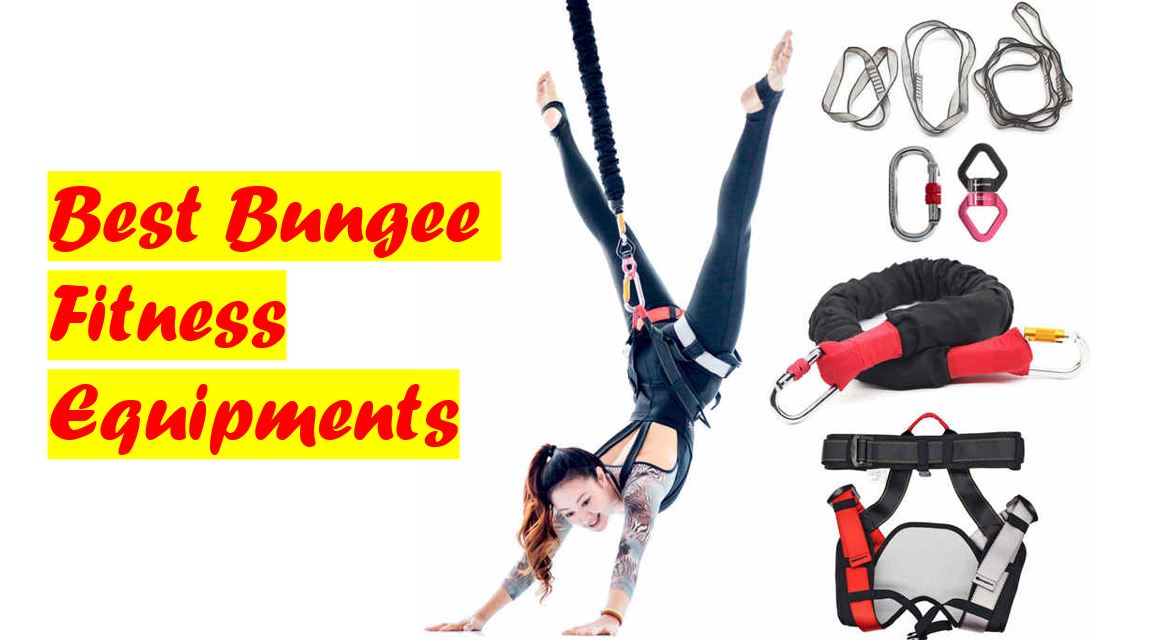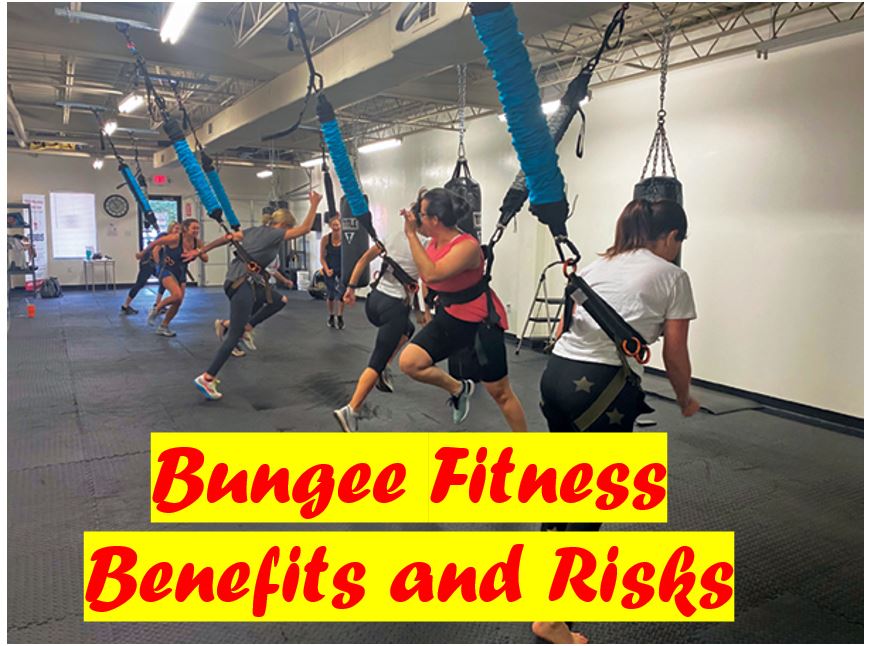Bungee fitness is an innovative and exciting form of exercise that combines elements of cardio, strength training, and acrobatics, all while being suspended from the ceiling using a bungee cord system. While it has gained popularity among adults, especially for its low-impact yet high-intensity benefits, many parents are now asking: “Is bungee fitness good for kids?” The answer is yes—with certain considerations. In this article, we’ll explore the benefits, safety, requirements, and potential concerns of bungee fitness for children, and explain why it could be an amazing addition to their physical and emotional development.

What Is Bungee Fitness?
Bungee fitness involves strapping participants into a harness connected to a bungee cord that hangs from the ceiling. The resistance and buoyancy of the cord allow for a gravity-defying workout that includes jumping, lunging, flying, spinning, and even pushups. The exercise is fun, engaging, and often feels more like play than a workout—one of the reasons it appeals to kids. It’s a fusion of aerobics, dance, resistance training, and flight simulation, making it one of the most versatile and dynamic forms of exercise available today.
Physical Benefits of Bungee Fitness for Kids
1. Cardiovascular Health
Children who participate in bungee workouts engage in continuous movement that keeps their heart rates up. This improves cardiovascular health, boosts stamina, and enhances overall endurance. Unlike static exercises, bungee training keeps the entire body active, helping kids develop strong heart and lung function.

2. Muscle Development and Strength
Bungee fitness utilizes the resistance of the cords to build strength, particularly in the core, arms, legs, and back. Kids naturally enjoy jumping and climbing, and this form of training supports healthy muscle growth in a safe, guided environment.
3. Balance and Coordination
Because kids are suspended and often required to maintain control mid-air, bungee fitness enhances their balance and coordination. These motor skills are essential not just in sports but in everyday activities. Over time, they develop body awareness and refined movement, which contributes to overall physical literacy.
4. Flexibility and Agility
The movements in bungee workouts are fluid and dynamic, encouraging flexibility. As they stretch, twist, and leap through the air, children become more agile and responsive, which is beneficial both athletically and in daily functioning.
5. Low-Impact on Joints
Unlike traditional sports or exercises like running or jumping on hard surfaces, bungee fitness is low-impact. The harness and cords absorb much of the body weight, reducing stress on developing joints and bones. This makes it safer for kids who may be prone to sprains or injuries.
Mental and Emotional Benefits
1. Builds Confidence
Bungee fitness allows children to do things they might have thought impossible—flying, flipping, spinning mid-air. Accomplishing such feats, even in a controlled environment, can dramatically improve their self-esteem and belief in their physical abilities.

2. Reduces Anxiety and Stress
The fun, freeing sensation of flying through the air can be incredibly liberating. Many kids feel less pressure when exercise is disguised as fun. The adrenaline from the experience also promotes endorphin release, which naturally improves mood and reduces anxiety.
3. Encourages Discipline and Focus
Classes often involve structured movements, coordination with instructors, and timing. Kids learn to follow instructions, pay attention, and focus on their bodies—skills that carry over to academics and other areas of life.
4. Socialization and Teamwork
Bungee classes are usually held in group settings, giving children the chance to interact, encourage one another, and work in teams. This enhances their communication skills and builds a sense of community and support.
Safety Considerations
While bungee fitness has many benefits, safety is a top concern—especially for children. Here are a few safety precautions and recommendations:
- Age Requirement: Most bungee studios set a minimum age, typically around 6 to 8 years old, depending on the child’s size and maturity. Younger children may not have the body awareness or coordination required for safe participation.
- Proper Equipment: It’s essential that kids are strapped into correctly sized harnesses and use age-appropriate bungee cords that match their weight. Ill-fitting equipment can lead to discomfort or injury.
- Certified Instructors: Kids should only participate in bungee fitness under the supervision of trained, certified instructors who understand child physiology and proper safety protocols.
- Warm-Up and Cool-Down: Sessions should begin with gentle stretching and warm-ups and end with cool-down routines to prevent injury and encourage muscle recovery.
- Studio Environment: The space should be clean, padded, and free from obstacles. Studios should follow safety standards and maintain equipment regularly.

Parental Supervision and Involvement
Parents are encouraged to observe their child’s classes or even participate in a parent-child session if offered. This involvement not only ensures their child’s safety but also allows for bonding experiences. Watching their child progress in skills and confidence is deeply rewarding and reassuring.
How to Choose the Right Studio
When selecting a studio for bungee fitness for your child, here are a few key points to consider:
- Reputation and Reviews: Look for facilities with positive reviews and testimonials from parents. First-hand experiences can tell you a lot about the quality and safety of the programs. You can always refer to the reviews we do here at BestBungeeFitness.com. We base our reviews from what we learn on the studios and reviews from those who have tried their programs already so we can have an updated knowledge about the studios we are planning to join.
- Instructor Credentials: Ask about the instructors’ qualifications and experience working with children.
- Class Size: Smaller class sizes mean more individualized attention and safer supervision.
- Trial Class: Many studios offer trial classes. Take advantage of this to gauge your child’s interest and comfort level before committing.
Programs and Frequency
Most bungee fitness studios for kids offer beginner, intermediate, and advanced classes. Some may even incorporate elements like dance or gymnastics into the program. The frequency can range from once a week to multiple sessions, depending on your child’s interest and schedule. A once-a-week class is ideal for maintaining interest without overloading them, especially if they’re involved in other extracurricular activities.

Final Thoughts
Bungee fitness for kids is more than just a trendy workout—it’s an innovative, fun, and comprehensive way for children to stay healthy, active, and engaged. It combines physical exertion with imaginative play, helping kids discover their potential while enjoying every leap, bounce, and glide. With the right environment, trained instructors, and safety protocols in place, bungee fitness is not only good for kids—it might just be one of the best ways to introduce them to lifelong fitness in an exciting and joyful way.
As parents continue to look for engaging and effective activities that support their children’s physical and emotional development, bungee fitness stands out as a dynamic, inclusive, and empowering option. It teaches discipline, fosters creativity, builds strength, and most importantly, reminds kids that exercise can be fun.





